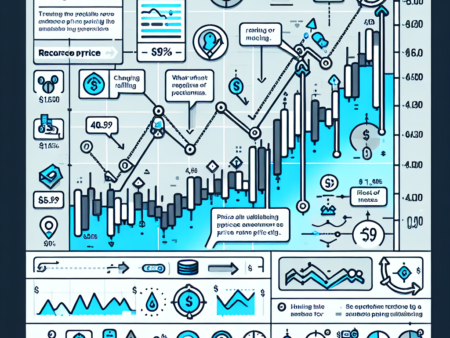Mastering Technical Analysis: Key Chart Patterns for Successful Trading
Introduction
Technical analysis is a powerful tool used by traders to predict future price movements based on past market data. One crucial aspect of technical analysis is the study of chart patterns. These patterns can provide valuable insights into potential trend reversals or continuations. This article aims to shed light on key chart patterns and how you can incorporate them into your trading strategy.
Understanding Chart Patterns
Chart patterns are formations that appear on price charts. They can signify periods of consolidation, bullish reversals, bearish reversals, or trend continuations. Understanding these patterns can help traders identify profitable trading opportunities.
Types of Chart Patterns
There are several types of chart patterns used in technical analysis. The most commonly used include:
- Head and Shoulders: This is a reversal pattern indicating that an existing trend is about to change. It consists of three peaks, with the middle peak (head) being the highest and the two other peaks (shoulders) being lower.
- Double Top and Double Bottom: These are reversal patterns signaling that the trend is about to change in the opposite direction. They are characterized by two consecutive peaks (in a double top) or troughs (in a double bottom).
- Triangles: Triangles can be symmetrical, ascending, or descending, and they typically signal trend continuation.
- Flags and Pennants: These are short-term continuation patterns that indicate a pause in the trend before it resumes in the original direction.
The Importance of Volume
Volume plays a vital role in validating chart patterns. A significant change in volume can confirm the strength of the pattern and its potential effect. For instance, in a head and shoulders pattern, volume generally decreases as the pattern progresses and then sharply increases during the neckline breakout.
Applying Chart Patterns in Your Trading Strategy
Chart patterns can provide entry and exit signals for traders. For example, in a head and shoulders pattern, the neckline serves as a potential entry point for a short position when the price breaks below it. The pattern’s height can also provide a target for the potential price move.
Conclusion
Mastering the art of chart patterns is an essential skill in technical analysis. These patterns can provide valuable insights into market psychology and potential future price movements. However, it’s crucial to remember that no chart pattern guarantees success. Always incorporate risk management strategies and consider the broader market context when using chart patterns.
“Technical analysis and chart patterns are tools that provide insight into market psychology and potential future price movements. However, they should be used with risk management strategies and a consideration of the broader market context.”
Investment Planning
Disclaimer
The information provided in this article is for informational purposes only and should not be construed as financial or investment advice. It is always recommended to conduct thorough research and consult with a professional advisor before making any investment decisions.


















